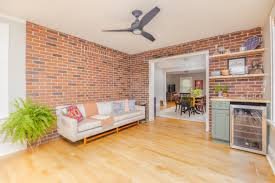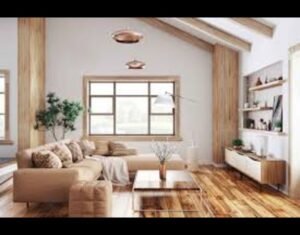A family room is more than additional square footage—it’s the emotional core of the home, the place stories, laughter, and daily life unfold. A well-planned family room addition transforms the way a family lives together, offering intentional space for connection without compromising design continuity or resale value. When approached as a design-build project, a family room addition becomes a seamless blend of architecture, engineering, interior design, and construction under one unified process. This holistic approach ensures not only efficiency and cost control, but also a final space that feels like it was always part of the home.
A thoughtfully executed family room addition begins with understanding how the household functions. Some families need a relaxed lounge area centered on entertainment, others envision a flexible multi-use room supporting homework, movie nights, hobbies, and gatherings. Many want heightened natural light, indoor-outdoor access, or a cozy centerpiece like a fireplace. The design must adapt not only to lifestyle aspirations but also to structural possibilities, zoning regulations, property boundaries, and the original home’s architectural rhythm. Balancing these layers calls for meticulous planning—especially when integrating foundation work, roofline adjustments, electrical loads, HVAC extensions, and energy-efficiency strategies.
The advantage of a design-build partner becomes most evident when harmonizing form and function. A family room addition must visually align with existing elements—match siding, roofing materials, window proportions, molding profiles, flooring transitions, and even paint tones. While it offers an opportunity for modern upgrades, those enhancements should complement rather than compete. Open-concept layouts are especially popular, often removing old exterior walls to connect kitchens or living rooms directly to the new space. This can improve circulation but requires precise structural modifications such as load-bearing beam installation. A skilled team evaluates these needs early to prevent surprise expenses or schedule setbacks.
Modern family room additions often feature design elements driven by comfort and sustainability. High-performance insulation, upgraded window assemblies, LED lighting, smart climate controls, and properly sized ductwork contribute to long-term savings. Planning for acoustics is also becoming a key consideration—sound-dampening materials help keep movie audio immersive without disrupting bedrooms or workspaces. For homes with outdoor views or backyard activities, oversized sliding glass or French doors create a fluid indoor-outdoor experience, extending usability into the patio, deck, or garden.
Interior detailing elevates a family room from “extra space” to “favorite space.” Built-in storage benches, custom entertainment walls, recessed shelving, window seats, or cabinetry keep the room functional without clutter. Material choices play a major role—family rooms benefit from durable, easy-to-maintain finishes that soften beautifully with texture. Hardwood or luxury vinyl flooring offers resilience for active homes, while area rugs improve warmth and sound control. Wall panels, beams, or coffered ceiling details can echo existing design language or introduce subtle dimensional character. Layered lighting is essential: a mix of recessed fixtures, pendants, sconces, and lamps builds ambience for any moment of the day.
A family room addition is as much a construction undertaking as it is a lifestyle investment. Accurate scheduling protects households from extended disruption, especially when demolition, exterior access points, or roof adjustments are involved. Because the design-build model unifies designers, project managers, and craftspeople, decisions are streamlined and timelines tighten naturally. This collaborative delivery often shortens build times, reduces change orders, and maintains strict budget accountability.
Beyond practicality, the greatest measure of success is emotional resonance. The room should support the way families naturally live—room for shared moments, spontaneous rest, celebration, play, and peace. A well-built family room addition respects the original home’s character while enhancing its future, improving daily living and increasing property value. When executed with craftsmanship and clarity, it becomes a place where families grow closer, build bonds, and create memories that last for generations.







